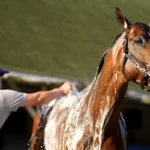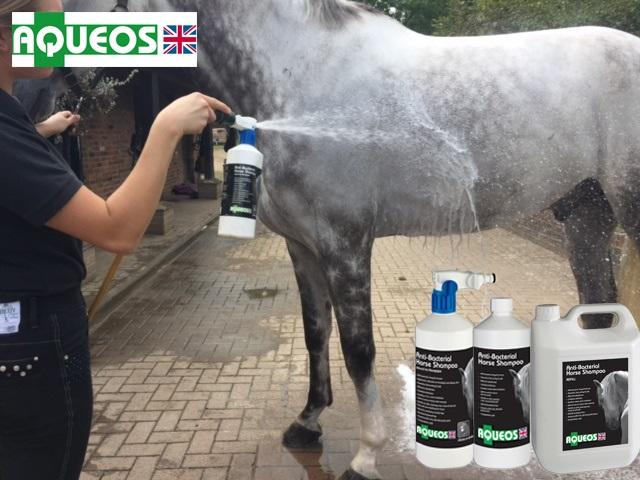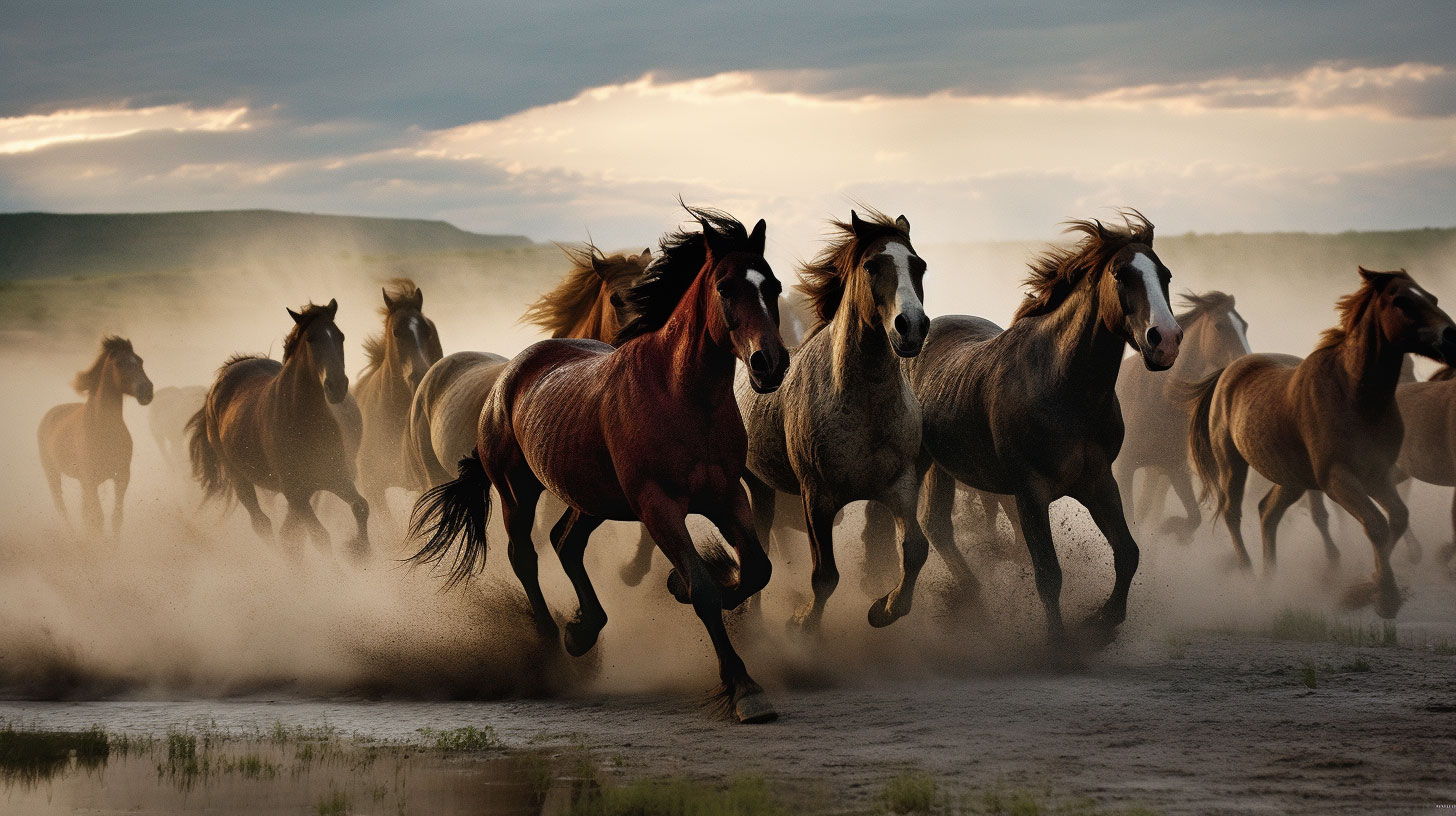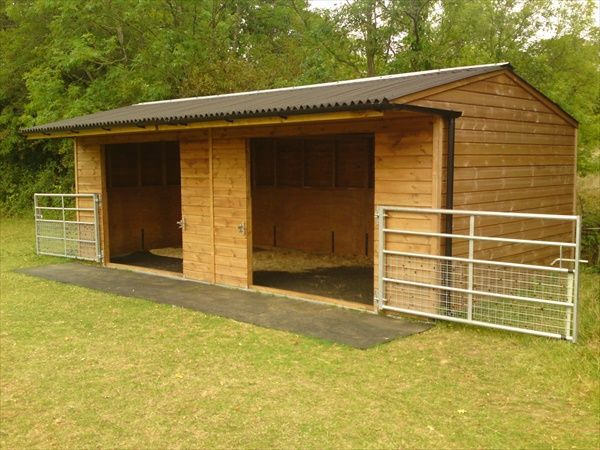During the past 50 years or so, the problem of obesity in the UK’s population has increased with statistics showing 28% of adults are obese and 36% are overweight. But obesity isn’t only a human issue: vets stated that 51% of dogs, 44% of cats and over 35% of leisure horses, over the summer months in particular, are overweight.
The issues that arise from obesity in horses are manyfold with not the least of those being laminitis, an extremely painful condition which affects 1 in 10 horses and ponies a year. As well as laminitis, obesity increases the stress on heart and lungs; more strain on joints and increased chance of arthritis. So, with that in mind, let’s look at the top ten tips in managing your horse’s weight.
Read More: personal injury springville
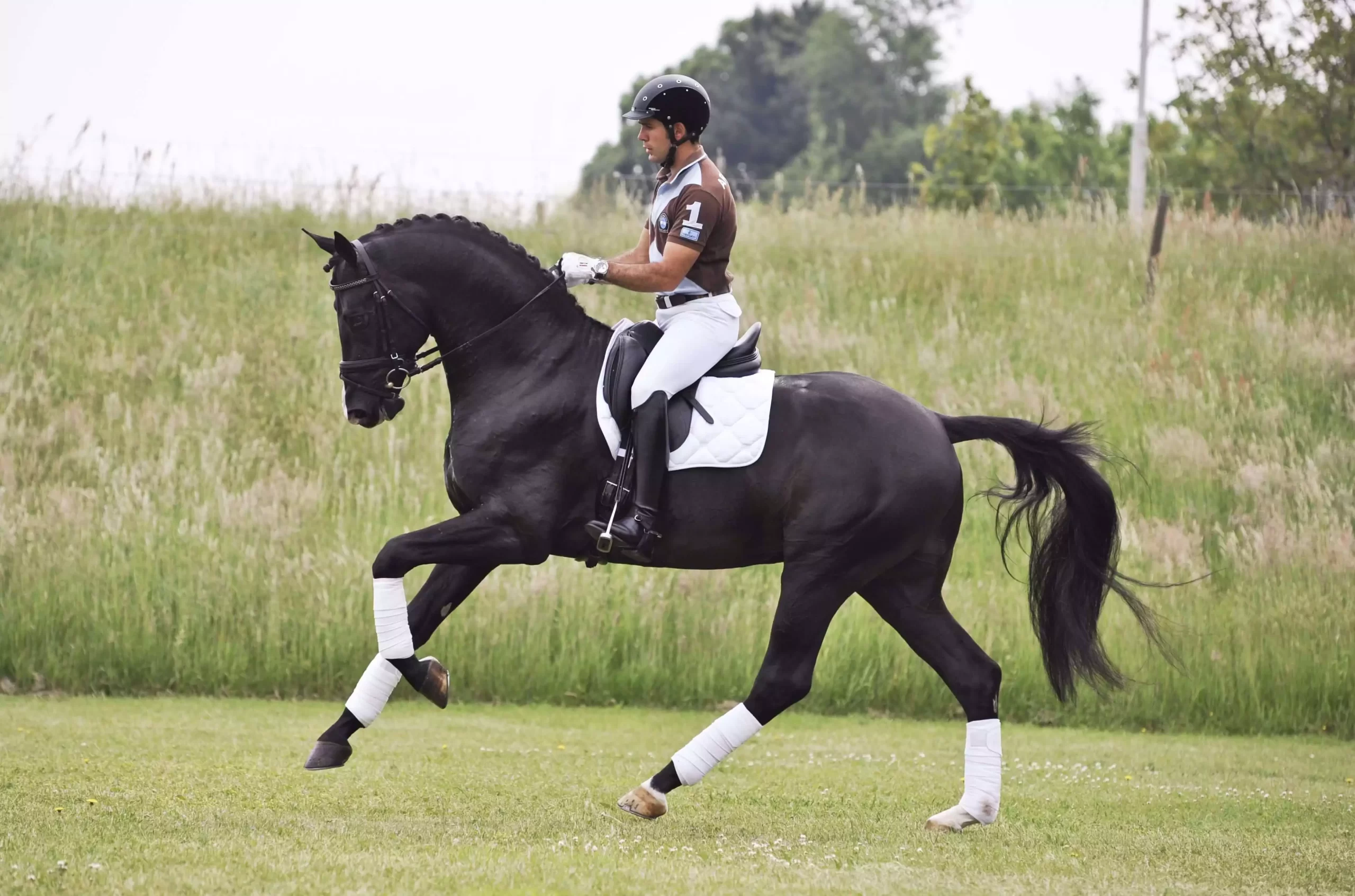
- Restrict grazing to control weight
Restricting grass intake is an essential part of many weight management programmes. There are different ways you could do this:
- Pen your horse in a small area and offer hay twice a day.
- Try the strip grazing method. Feeding horses and ponies within portable fences that are moved daily offers better weight control.
- Use grazing muzzles that can reduce food intake by up to 80%. They don’t stop natural grazing habits but they limit how much grass they are able to graze.
- It may be necessary to remove grazing altogether. To get complete control over their diet, you may have to consider stabling full time, but this restricts movement and interaction with others.
- Exercise to lose weight
As well as controlling calories, exercise is important. If your horse isn’t fit, build up the exercise slowly. Start with a 30 minute walk and trot session two to three times a week and build up to three to five times a week for up to one hour a day.
Lunging a horse is a very effective way to get your horse fit and lose weight. It is a useful tool when you are lacking in time because you can get aerobic exercise in only 20 minutes which burns lots of calories. However, the arena that you are lunging on must be supportive to prevent injury. Horses need to adapt to a new surface before working too strenuously and become accustomed to the different surface characteristics.
Think about some factors that will influence how hard your horse is working:
- Duration of exercise
- Surface – horses work harder on soft surfaces than hard surfaces
- Terrain – hill work will use up more calories than hacking on the flat
- Weather – a horse will use up more calories if they exercise during the warmer weather
- Pace – varying speed will use up more energy than exercising at a constant speed
- Leave you horse naked
It may seem cruel, but taking a layer of rugs off your horse or leaving it naked altogether will mean they use calories to keep themselves warm. On cold and dry days, leave a rug off, on rainy days just use a ‘no fill’ rain-resistant sheet.
- Use a weigh tape
It’s not always noticeable on some horses that they are overweight, so a weigh tape can give you a good indication of their weight. Knowing your horse’s weight also helps when administering the correct amount of wormer. It works by placing a tape over the lowest part of the withers and passes around the horse’s belly as close to their elbow as possible. Read the weight estimate off the tape.
- Weighbridge
To get a more accurate weight measurement, there are mobile equine services who will bring a portable weighbridge to your yard. They are easy to use making them a stressless experience for your horse and able to weigh animals up to 2,000kg. If you’re on a livery yard, or you have more than one horse, the more horses you get weighed, the less per individual horse you have to pay. Prices range from £5 per horse depending how many are being weighed at your yard. Regular visits will help you to build a picture of your horse’s weight.
- Weigh your hay
You can ensure your horse is getting the right amount of fibre by weighing your hay. Not only does it help with overfeeding, it avoids wastage. It’s also important that grass consumption is taken into account when calculating the amount of hay being given.
- Soak your hay
Soaking your hay will reduce the amount of sugar your horse is eating, leaving just the fibre behind. Sugar will be reduced by soaking hay for 10-12 hours in clean, fresh water.
- Double net your hay
Feeding hay that is double netted or in small-holed hay nets result in an increased eating time. Horses are built to eat consistently, however, this could easily lead to them becoming overweight, so increasing their feeding time will reduce calories consumed.
- Adding fibre nuggets or cubes to a treat ball
Fibre nuggets in a play ball is a good way to feed your horse slowly while at the same time relieving boredom and putting your horse in a natural grazing position. The amount of fibre nuggets given should be taken into consideration when working out how much hard feed is being fed.
- Don’t ‘crash diet’ your horse
Horses need a steady intake of food to keep them healthy: you should find ways of them consuming less calories rather than significantly reducing quantity. Weight loss should be carefully planned and gradual.
Once your horse has reached his ideal body condition, it’s important to maintain their weight and exercise will continue to be a key component in keeping the horse fit. Remember that every horse is different, so if you are in any doubt, your vet should be able to give you some additional advice on long-term weight management.

Ruth is all about pet style. She’ll help you and your furry friend turn heads with the latest trends in pet fashion.

